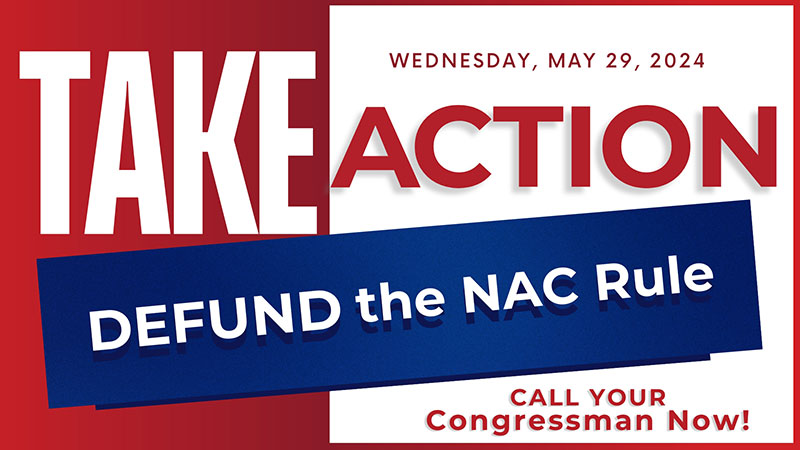Property Rights Advocates from 30 Years Ago Prevent US Signing On
A few days before Christmas, World leaders came together and adopted an international 30×30 agreement known as the Kunming-Montreal Global Biodiversity Framework. The agreement formally commits signatory nations to place in permanent protection at least 30 percent of the World’s lands, oceans, and for the first time, inland waters, by the year 2030.
The United States was not a signatory to the Montreal document because in 1992, the U.S. Senate refused to adopt it’s predecessor known as the United Nation’s Biodiversity Treaty. The Treaty was literally on the Senate floor, ready for a final vote, when then Senator Kay Bailey Hutchinson (R-TX) brought forward secret maps that showed the massive amounts of American land they intended to remove from all human use and ownership.
These maps were discovered and revealed by some of our colleagues: Michael Coffman, Craig Rucker (CFACT), Henry Lamb and Tom DeWeese (APC). Frankly, it’s their hard work 30 years ago that prevented the Biden Administration from officially signing onto an agenda they have promoted since coming into office.
This new agreement includes protections for “Mother Earth,” elevating the rights of animals to that of humans, and demanding social “transformative change” to stop the destruction of biodiversity. What is missing from the document is the protection of individual private property rights.
Specifics of the Agreement follow:
The objective is:
“Biodiversity is fundamental to human well-being and a healthy planet, and economic prosperity for all people. including for living well in balance and in harmony with Mother Earth, we depend on it for food, medicine, energy, clean air and water, security from natural disasters as well as recreation and cultural inspiration, and it supports all systems of life on earth.” (paragraph 1)
The “Purpose” is:
“The framework aims to catalyze, enable and galvanize urgent and transformative action by Governments, subnational and local governments, and with the involvement of all of society …” (paragraph 4)
… and,
“The framework is action- and results-oriented, and aims to guide and promote at all levels the revision, development, updating, and implementation of policies, goals, targets, national biodiversity strategies and action plans, and to facilitate monitoring and review of progress at all levels, in a more transparent and responsible manner.” (paragraph 3)
Section C of the document lists 23 Targets:
“This is a framework for all – for the whole of government and the whole of society. Its success requires political will and recognition at the highest level of government, and relies on action and cooperation by all levels of government and by all actors of society.” (paragraph 10)
The only religion promoted is that of environmentalism — Worshiping the creation instead of the Creator:
“The framework recognizes and considers these diverse value systems and concepts, including, for those countries that recognize them, rights of nature and rights of Mother Earth, as being an integral part of its successful implementation.” (paragraph 9)
The agreement will be implemented from a “human rights-based approach,” which includes gender confusion:
“Successful implementation of the framework will depend on ensuring gender equality and empowerment of women and girls and reducing inequalities.” (paragraph 15)
Target 3 describes the 30×30 commitment as such:
“Ensure and enable that by 2030 at least 30 percent of terrestrial, inland water, and of coastal and marine areas, especially areas of particular importance for biodiversity and ecosystem functions and services, are effectively conserved and managed through ecologically representative, well-connected and equitably governed systems of protected areas and other effective area-based conservation measures, recognizing indigenous and traditional territories, where applicable, and integrated into wider landscapes, seascapes and the ocean, while ensuring that any sustainable use, where appropriate in such areas, is fully consistent with conservation outcomes, recognizing and respecting the rights of indigenous peoples and local communities, including over their traditional territories.” (Target 3)
This is the first time that “inland waters” have been included in the agreement, an addition heavily advocated for by The Nature Conservancy and other international environmental groups.
The signers claim $200 billion will be needed from developing nations, “including domestic, international, public and private resources” to implement their international land grab. (Target 19)
Gabriella Hoffman summed up the agreement well in her Washington Times column:
“The United States doesn’t need to follow a “whole of society” or “whole of government” approach to protect lands and waters. True conservation practices, rooted in free markets and private property rights, enable our nation to lead on this front without undermining economic prosperity.”






